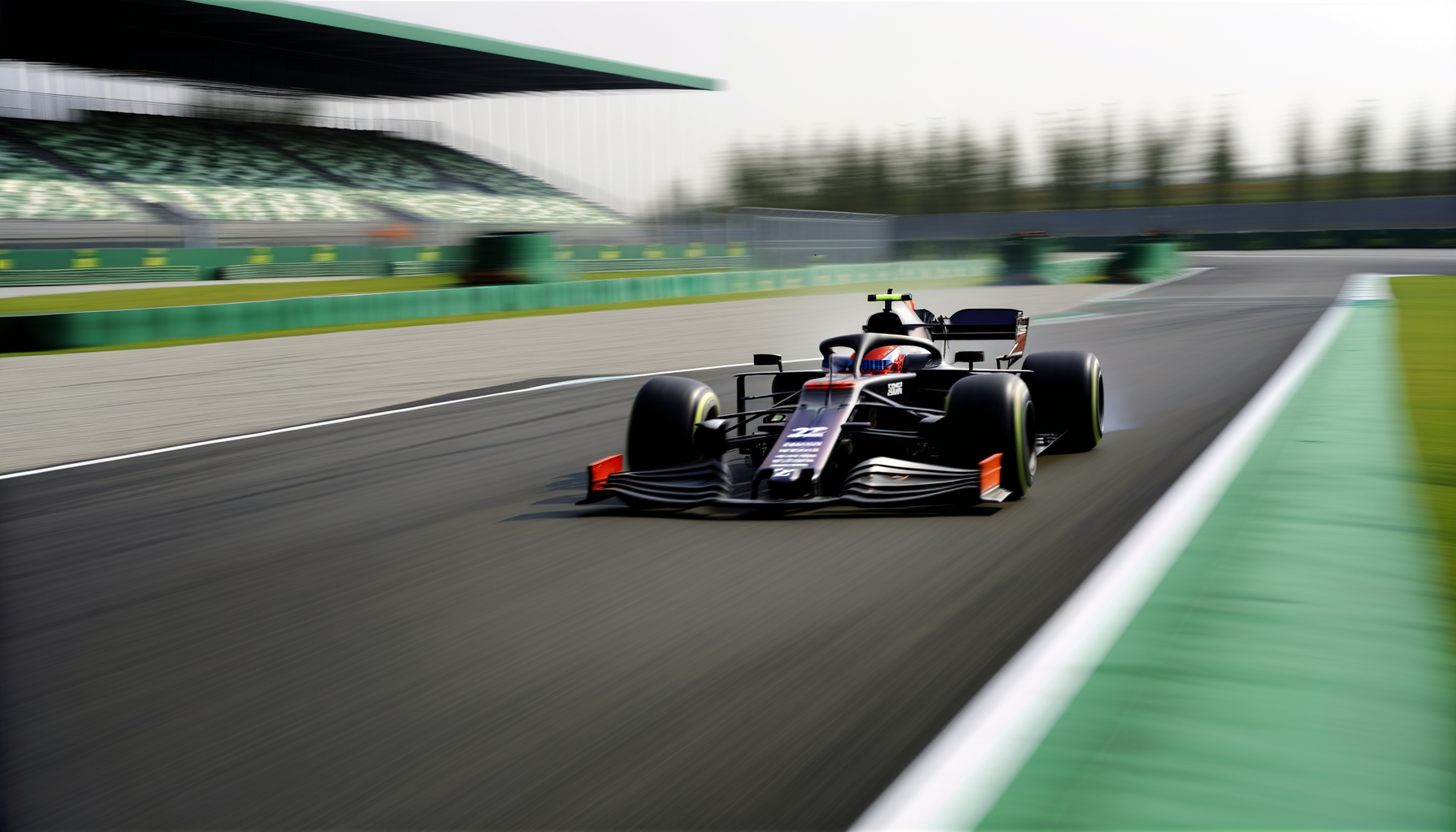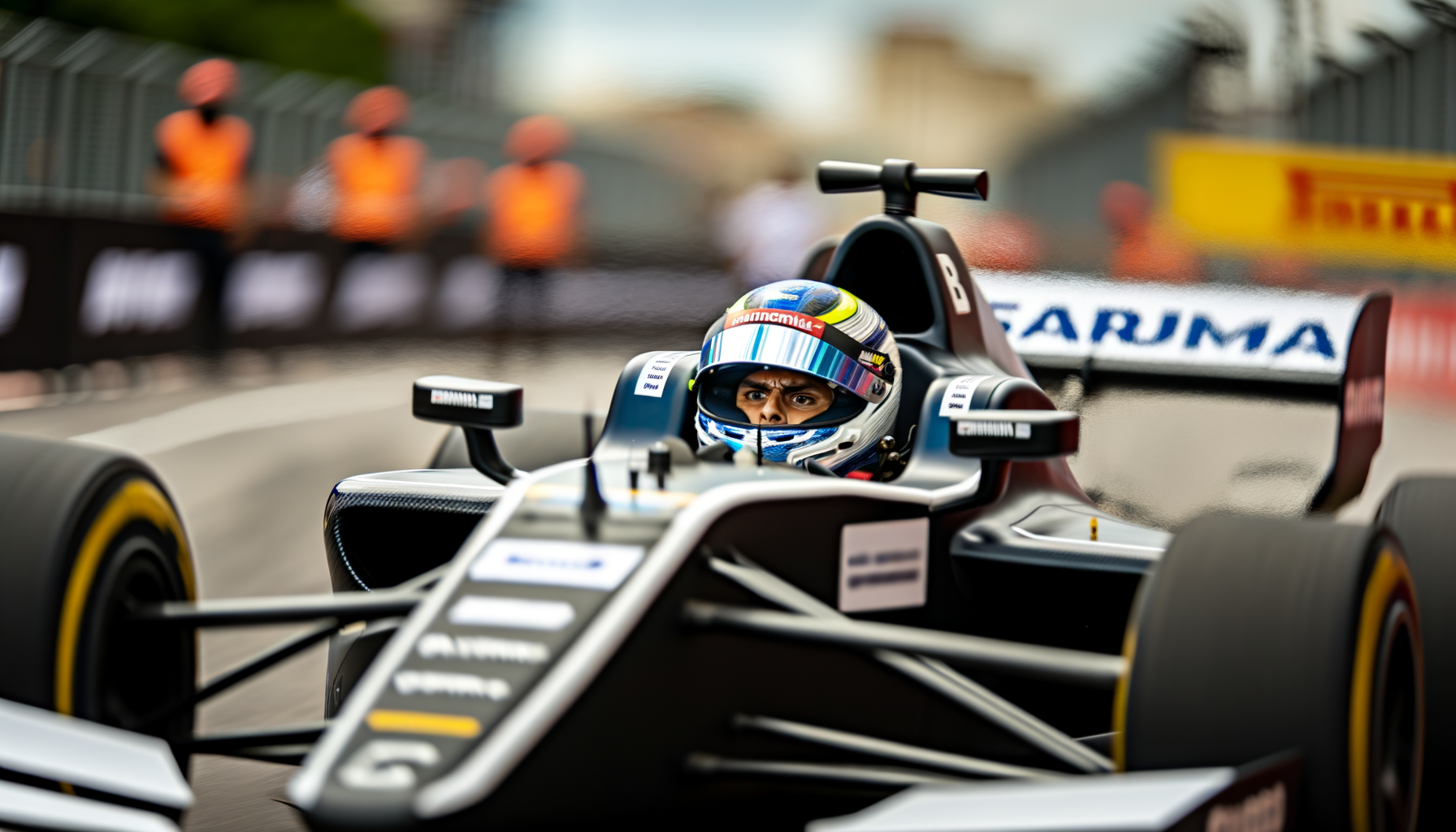Why Red Bull Values The RB21 Even Amid 2026 F1 Changes
Explore why Red Bull insists on developing the RB21 despite the 2026 F1 regulation changes and what it means for their future success.

By Editorial
Introduction To Red Bull's RB21 Development Strategy
As Formula 1 prepares for a significant regulatory overhaul in 2026, Red Bull Racing continues to invest heavily in the development of their 2021 car, the RB21. While many might question the logic of focusing on a model that will soon be replaced, the team has made it clear that the RB21 remains central to their competitive strategy. But why does Red Bull place such importance on this car despite imminent changes? Let’s explore.
The Significance Of The RB21 In Red Bull's 2024 Campaign
The RB21 was instrumental in Red Bull's 2021 championship-winning season, showcasing innovative aerodynamics and power unit integration. Even as the team looks ahead to 2026, the lessons learned from refining the RB21 continue to influence their current race programme. The ongoing enhancements to the car’s setup, tyre management, and telemetry provide valuable data that inform both race strategies and technical upgrades.
For example, the team’s approach to optimising downforce and drag on the RB21 has direct implications for how they will tackle the challenges of the 2024 season. This continuous development cycle is essential, especially considering the tight competition from rivals like Mercedes and Ferrari.
How The RB21 Shapes Red Bull’s Technical Expertise
Maintaining focus on the RB21 allows Red Bull’s engineers to deepen their understanding of complex aerodynamic principles under current regulations. This expertise is vital for adapting to the 2026 rules, which will introduce ground effect aerodynamics and new power unit specifications.
By mastering the fine details of the RB21, Red Bull builds a solid foundation of knowledge that can be applied to future car designs. This methodical approach reduces the risk of costly mistakes when developing the next-generation car.
Preparing For The 2026 F1 Regulation Changes
The 2026 F1 regulations represent one of the most radical shifts in recent history, with a focus on sustainability, cost control, and closer racing. Red Bull is already gearing up by investing in research and development tailored to these changes. However, the team acknowledges that the RB21’s development remains relevant because it keeps the team competitive in the meantime.
Furthermore, the RB21 acts as a testbed for new components and ideas that might be adapted for the 2026 car. For instance, Red Bull’s experimentation with hybrid power unit efficiency and energy recovery systems on the RB21 could pave the way for breakthroughs under the new formula.
Competitive Advantages Of Continuing RB21 Development
In Formula 1, maintaining peak performance year-round is crucial. Red Bull’s decision to persist with RB21 development is strategic. Not only does it help maximise points in the current season, but it also ensures continuous improvement in team operations and driver performance.
Max Verstappen’s feedback on the RB21 has been invaluable, enabling targeted upgrades that enhance lap times and tyre longevity. This ongoing refinement is a prime example of how the RB21 remains a living project rather than a relic.
For fans interested in broader UK sports developments, you might find our exploration of top UK sports insightful, showcasing how dedication to excellence spans multiple disciplines.
Challenges Faced In Balancing Present And Future Focus
Balancing the immediate demands of racing the RB21 with preparations for 2026 is no small feat. Resources such as budget, personnel, and time must be allocated carefully. The FIA’s cost cap regulations add another layer of complexity, forcing teams to prioritise spending.
Red Bull’s approach involves a clear division of labour between departments focusing on current car performance and those working on the 2026 programme. This dual focus mitigates risks and keeps the team agile amid evolving circumstances.
Lessons From Other Sports On Managing Transition Periods
Transitioning through major changes isn’t unique to Formula 1. In football, for instance, teams often balance developing young talent while competing for trophies. Our article on Elliot Anderson’s rise highlights how nurturing potential while aiming for immediate success is key.
Conclusion: Why The RB21 Remains Crucial For Red Bull
Even with the 2026 F1 regulation changes on the horizon, Red Bull’s commitment to developing the RB21 is both strategic and essential. It ensures the team stays competitive in the short term while building the technical foundation necessary for future success. The RB21 is more than just a car; it is a vital tool in Red Bull’s pursuit of championship victories.
As the F1 landscape evolves, this balanced approach between present performance and future innovation positions Red Bull as a formidable force in motorsport. For readers eager to stay updated on the latest in UK sports, don’t miss our Premier League scores and fixtures guide, ensuring you never miss a moment.
Related topics
Editorial
Sports expert at SportsScoop
Specialist in sports analysis and journalism
Related articles
Want to read more?
Explore our comprehensive collection of sports articles and analysis, or contact us for more information.



